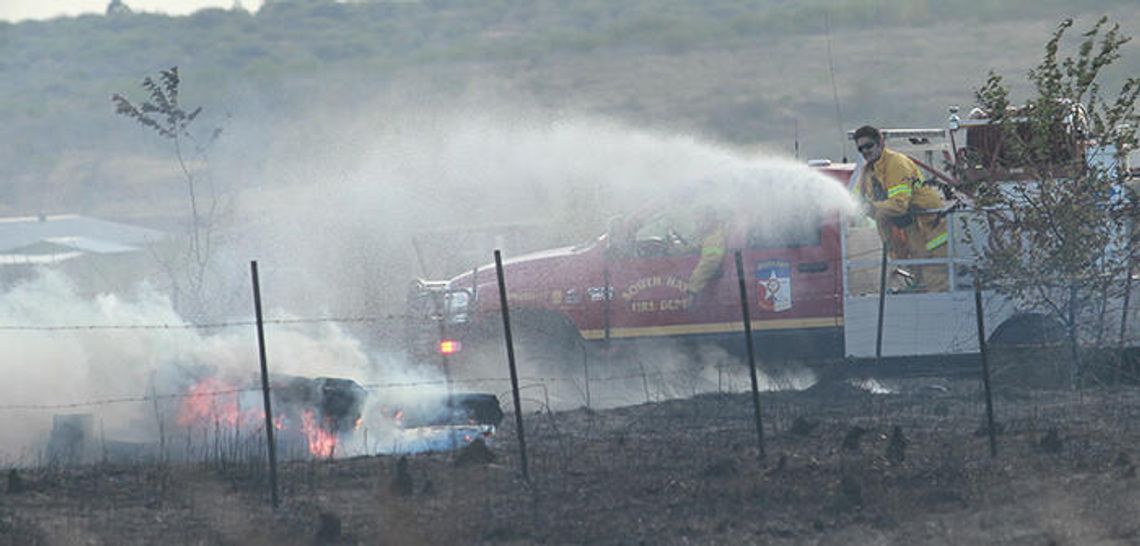It’s official. Hays County’s temporary burn ban has been extended to 90 days.
The ban went into effect last week, but has some residents wondering why the county itself is engaging in prescribed burns.
If private citizens are caught burning during the burn ban, the consequences are serious. According to the Texas Water Code, if a person intentionally or knowingly violates the ban, the offender could be hit with a fine of $1,000 to $50,000, confinement in the county jail not to exceed 180 days, or both.
But a controlled burn is completely different, because of the depth of knowledge and preparation involved.
According to the National Park Service website a “prescribed fire is a planned fire; it is also sometimes called a ‘controlled burn’ or a ‘prescribed burn.’ Prescribed fire is one of the most important tools used to manage fire today.”
“Please keep in mind this is not ‘Farmer Brown’ burning a field, which is controlled by the burn ban. There is far more involved in a prescribed burn such as extensive oversight and statutes in place dictating how, when and why these burns can take place,” Clint Browning, Hays County Fire Marshal
The website continues to describe the management/fire mitigation tool, saying, “a scientific prescription for each fire, prepared in advance, describes its objectives, fuels, size, the precise environmental conditions under which it will burn, and conditions under which it may be suppressed.”
Hays County Fire Marshal Clint Browning said the prescribed burns operate outside the burn bans due to the level of planning involved versus a private citizen burning on his or her own volition without necessary mitigation and management tools.
“Please keep in mind this is not ‘Farmer Brown’ burning a field, which is controlled by the burn ban. There is far more involved in a prescribed burn such as extensive oversight and statutes in place dictating how, when and why these burns can take place,” Browning said.
Browning said each prescribed burn is orchestrated by a licensed Burn Manager who is trained through “stringent requirements of the Texas Department of Agriculture,” where a burn plan is submitted to the regulating agency with explanations of what will be burned and what assets will be utilized to protect the area being burned.
Browning also cited the Texas Department of Agriculture’s website, which said, “The Prescribed Burning Board (PBB) regulates certified and insured prescribed burn managers who work to control vegetative fuels that can contribute to wildfires.”
The TDA website explained that the ultimate purpose of a burn manager is “to help manage, maintain and restore valuable ecosystems in Texas.”
According to the USDA Forest Service website, prescribed burns reduce hazardous fuels, minimize the spread of pest insects and disease, provide forage for game, recycle nutrients back to the soil and promote the growth of trees, wildflowers and other plants.
“The Forest Service manages prescribed fires and even some wildfires to benefit natural resources and reduce the risk of unwanted wildfires in the future,” the website says, “Burn plans identify the best conditions under which trees and other plants will burn to get the best results safely.”










